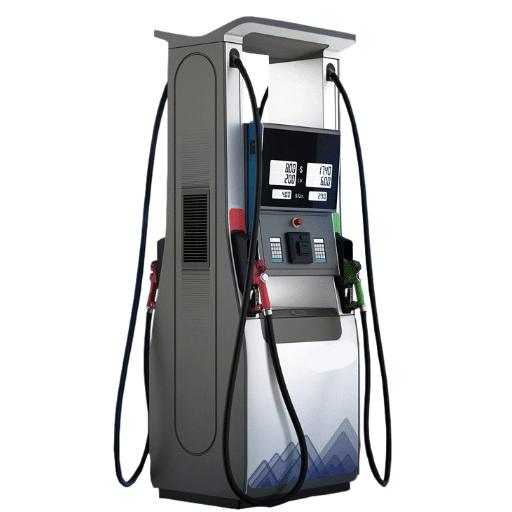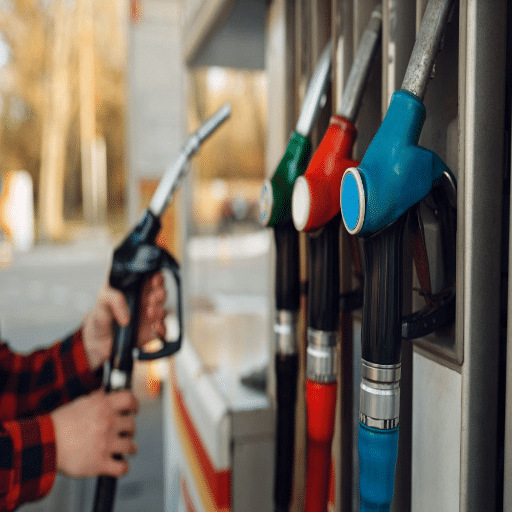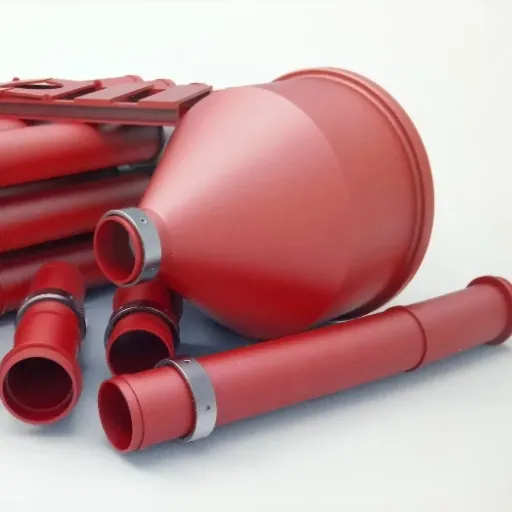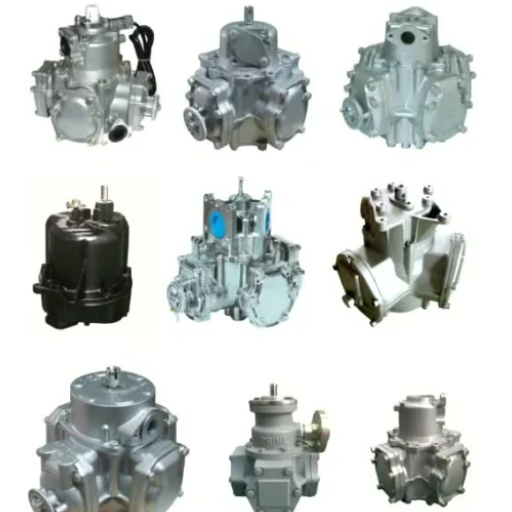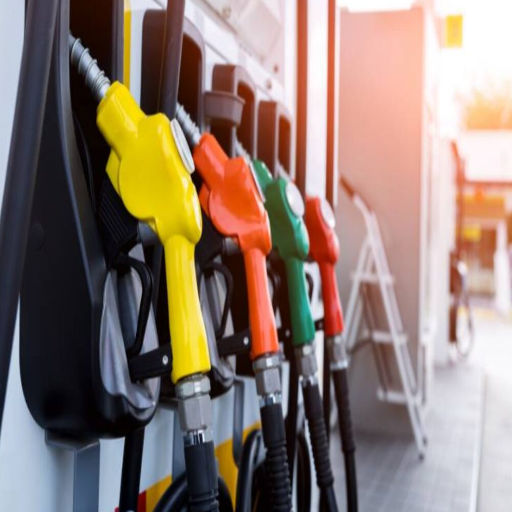Gas stations usually conjure up convenience images: Eliminate the time to fill a car with fuel, and away you go. Meanwhile, a maze of underground oil pipes lies underneath, keeping these gas stations functional. But what occurs if a pipe breaks? Problems can range from anything a minor disruption could pose to a complete environmental-financial disaster. This article explores the cause, risks, and effects of such a scenario, key points about how leaks are detected, environmental effects, and the precautionary measures against such disasters. For the layperson or infrastructure enthusiast, this brief discourse sheds light on an oft-overlooked yet environment-and-safety-critical issue.
Understanding the Fuel System
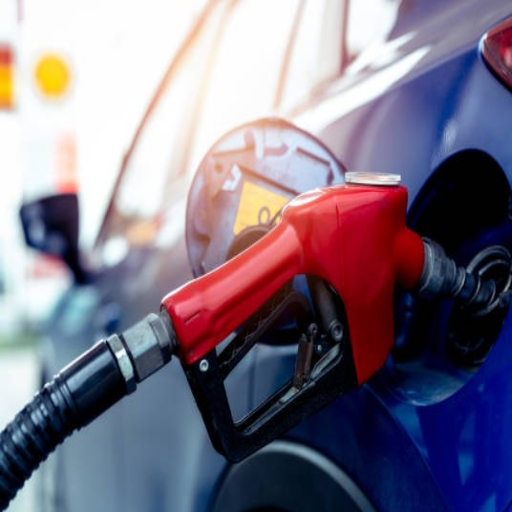
Fuel systems are designed to store, transport, and deliver the fuel efficiently and safely to empower machinery and vehicles. A typical system consists of storage tanks followed by pipelines and pumps, distributed through adequate flow mechanisms. The main objective is maintaining fuel quality and ensuring energy supply without inconvenience. Routine maintenance and monitoring are necessary to prevent leakage or contamination, thereby threatening environmental safety and functionality of the system.
Components of the Fuel Pump
The fuel pump is an integral part of the fuel system, meant to deliver fuel from the tank to the engine at the correct pressure and volume. Components of the fuel pump are as follows:
Electric Motor: The motor turns the pump shaft; the pump moves fuel through the system and out to the engine.
Impeller or Rotor: It creates the pressure, forcing fuel into the engine from the tank.
Pressure Regulator – Delivers fuel at constant pressure to the engine; otherwise, the fuel inlet might overpressure.
Fuel Strainer: This mesh filter removes debris or contaminants from the fuel before it enters the pump.
Check Valve: Avoids backflow in the system, thus ensuring that fuel moves in the right direction.
Together, each of these ensures that fuel flows easily and without fuss. This is paramount to engine performance and reliability. If checked regularly and maintained, it would improve the pump’s life expectancy and prevent it from leaking.
Role of Oil in Fuel Delivery
Oil assists in fuel delivery by lubricating key components and ensuring their performance. It minimizes friction and wear within the fuel pump and injector system, which is critical if these parts are to avoid damage during use. Oil also acts as a coolant to disperse heat generated by fast-moving components to avoid overheating.
An oil film can seal off parts in modern engine systems, conserving energy lost in friction. Tests show that up to 1-2% more fuel efficiency can be gained from the proper choice of oil, depending on the engine and operating conditions. Oil, therefore, protects fuel system components from erosion due to moisture or contaminants from the fuel, thereby extending the life of susceptible parts such as injectors and valves.
In particular, good-quality oils in diesel engines have been shown to facilitate better fuel atomization, resulting in clean combustion, low emissions, and good engine response. Monitoring oil quality and having periodic oil changes are maintenance practices that keep the fuel delivery system in prime condition and thus contribute to the most extended possible life of the engine.
Impact of Clogged Fuel Lines
Clogged fuel lines can significantly influence an engine’s general performance and efficiency. If fuel lines get clogged, fuel delivery to the engine is impacted, with loss of power, engine misfiring, or hesitation during acceleration, among other symptoms. Over time, this condition stresses some key engine parts, such as the fuel pump, which works particularly hard to push fuel through the clog.
Studies have shown that the accumulation of particles, corrosion, or even contaminated fuel causes line blockages. Industry people, in fact, claim that slight clogs interfere with the exact fuel-to-air ratio needed for proper combustion, sometimes reducing fuel efficiency up to 20%. Further, clogging causes emission increases due to fuel wastage, adversely affecting air quality, and sometimes blocking the pathway for vehicles to get through emission testing protocols.
Preventive maintenance helps get these things away, such as checking and changing fuel filters often, checking for wear or corrosion on fuel lines, and always using high-quality fuel. Preventive maintenance will help you steer clear of blockages and keep the engine working reliably for a considerable amount of time, thus saving you from heavy repair bills.
Immediate Effects of a Pipe Break
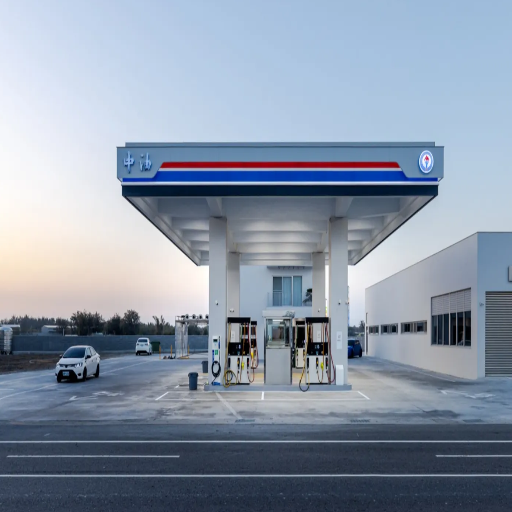
The immediate consequences of a pipe break are considered very serious and are abrupt and immediate. The primary concern is water leakage, which, upon being left unattended for any length of time, can yield air, flooding, and water damage. The ground also gets wet, which damages the walls, floors, and ceilings; these conditions all favor mold growth. Another secondary issue that usually arises with pipe rupture is a drop in water pressure, interfering with the flow of clean water for daily use. In cases where the broken pipe is part of a sewage system, the rupture and spill would certainly have grave unsanitary and health implications. The affected people should respond immediately and hire experts to repair and reduce such impacts.
Effects on Fuel Supply
Damaged pipelines can interfere enormously with the fuel supply chain and hence cause shortages and economic consequences. At times of less turbulent functioning of fuel pipelines, damages would restrict the conveyance of gasoline, diesel, or gas to critical areas and cause localized fuel scarcities. According to recent industry analyses, incidents along pipelines contribute to around 20 percent of global disruptions in fuel supply. Disruption in the fuel supply often leads to a sharp increase in fuel prices. This price increase creates a cascade of effects across various industries such as transportation, logistics, and farming.
Moreover, suppose installed pipelines remain out of operation for extended durations. Operators are compelled to carry out road or rail transportation, which is less cost-efficient than pipeline transportation. These logistical compensations, however, continue to escalate costs and prolong supply restoration. Maintenance, advanced monitoring, and improved emergency response procedures are a few measures that can be undertaken to protect the infrastructure for fuels and to limit supply disturbances during failure occurrences.
Fuel Spillage and Environmental Concerns
Fuel spillage poses serious environmental threats to soil, water bodies, and local ecosystems. Spills could be from transportation, storage, or sometimes infrastructure failures, contaminating the area for many years. It is estimated that thousands of oil spills occur every year worldwide, with some spilling hundreds of thousands of gallons of fuel into the environment. For example, the spill in large quantities into the ocean destroys aquatic habitat and harms fish, seabirds, and other marine life, while also destroying the ability of people dependent on fishing for a living.
Another significant concern is groundwater contamination due to fuel leaks from storage tanks that can enter underground water supplies, rendering them unsafe for human consumption. Such incidents can become extremely expensive to clean up, averaging millions of dollars and often being resource-intensive. Nowadays, advanced spill prevention measures such as automated systems for tank monitoring or double-walled containment units are in broader use to minimize spills. Not only that, but a more stringent government policy implementation and emergency government intervention are also needed to counteract fuel spillage at the root and save these fragile ecosystems, especially in high-risk zones.
Impact on Fuel Meter Accuracy
Fuel meters experience an accuracy change due to various factors, mainly those operating under unfavorable conditions or hindered by inconsistent maintenance. These factors may include temperature variations, fuel types, and the general wear and tear of the system. For instance, activities carried out in one study showed that temperature changes alter the density of the fuel, thereby creating inaccuracy in its measurement. Also, miscalibration could occur when meters are used for biofuels, which tend to have different viscosities than traditional fuels.
Also, sediment build-up or impurities within the fuel tanks could corrode the flow measuring device, leading to deviations in its readouts. Alternatives such as digital flow meters and automated calibration systems are being considered to manage these conditions. Their systems compensate for environmental changes and follow real-time monitoring for enhanced accuracy. Implementing these advanced tools is said to strengthen fuel meter precision levels by about 20%, which is sine qua non for maintaining operational efficiency and reducing wastages. Meanwhile, with time, maintenance and strict adherence to industry codes will keep these systems intact.
Long-term Consequences
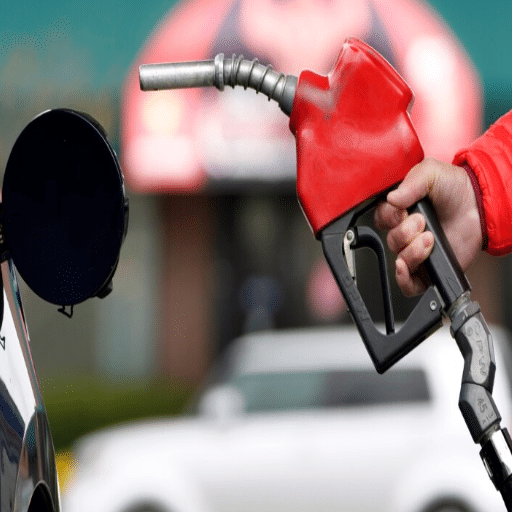
One needs to incorporate advanced calibration systems to formalize the system, yielding continuous improvement in fuel measurement accuracy and operational efficiency. With time, though, some resources will always be wasted, and costs will always be incurred. Furthermore, with the proper set-up of updated industry standards, adherence to the correct method will be part of the operations, minimizing its sideline-goes-to-penalty possibilities. This measure keeps the operation lean and eventually less costly, benefiting businesses and the environment.
Potential for Bad Fuel Contamination
Fuel contamination is a significant hazard to operational efficiency and equipment longevity. Contaminants such as water, microbes, or particulates may enter the fuel during storage, shipping, or other forms of fuel handling. For instance, microbial contamination is the primary cause of clogged filters and engine failures, with water being the prime cause of microbial growth in fuel systems.
Studies show some level of contamination is found in up to 90% of fuel storage tanks, with contamination leading to fuel quality degradation as time passes. Besides affecting engine performance, bad-quality fuel tends to enhance maintenance costs since contaminated fuel contributes to corrosion and wear of some critical components. Mitigating these risks should involve the installation of an all-encompassing fuel monitoring system, the cleaning of tanks regularly, and the implementation of a sound filtration system. If contamination probabilities are considered and addressed head-on, higher operational stability and decreased downtime may be assured for most industries.
Damage to Gas Station Infrastructure
The gas station infrastructure, which includes its bioshield underground storage tanks, pipelines, dispensers, and seals, is always at potential risk of being damaged due to other environmental and operational factors. Among such environmental hazards, corrosion, especially in underground storage tanks, is one of the top priorities. Several studies have indicated the frequency and fast rate of degradation of metal tanks when exposed to water and microbial contamination in fuel. The EPA has highlighted that corrosion of this type has been increasingly associated with ethanol-blended fuels. For instance, in a 2021 reported case, 83% of the visibly corroded equipment in the monitored gas stations had medium to severe damage caused by residues linked to ethanol.
On the other hand, if fuel dispensers are not properly maintained, they may leak, endangering both the environment and operational feasibility. Research has proved that in many regions, aging infrastructure is common, and more than 25% of gas stations run with equipment that is more than 20 years old, increasing the chances of structural failure. Another instance of pump seal or hose damage leads to fuel loss and environmental contamination. This is a significant issue requiring very costly repairs and clean-ups.
Increasing the infrastructure’s life will include considering modern corrosion-resistant materials for tanks and pipelines, an ongoing maintenance inspection regime, and installing advanced leak detection systems to mitigate the risks of failure. Some steps must be taken beforehand to prevent the gas stations from avoidable structural damages, alongside a fine and an environmentally friendly approach.
Potential for Bad Fuel Issues
Bad fuel quality poses huge problems for gas stations and motorists. Contaminants such as water, dirt, and microbial growth could enter fuel supplies to reduce performance and cause expensive vehicle-owner repairs. For example, water in fuels could come from condensation in storage tanks or through leaky tanks, thus encouraging microbial growth to speed up tank corrosion. Recent reports claim that incidents of contaminated fuel are on the rise, with some businesses paying several thousand dollars towards clean-up and compensation fees.
Low-grade fuels or those improperly blended can clog injectors, diminish engine performance, and increase toxic emissions. Ethanol-blended fuels are prone to phase separation caused by moisture, resulting in a stratified fuel mixture that damages engines with time. Besides the routine maintenance of tanks, fuel testing, and applying fuel stabilizers are some preventive measures to curb the problem, making it unacceptable to malign the image of the fuelling industry.
Environmental Risks and Hazards
Ethanol-blended fuels pose some environmental considerations while serving as a sound sustenance apart from outright dependence on fossil-based fuels. Perhaps the most significant concern about the increased threats to water bodies is that potential spills and leaks could have occurred during their storage and transport. Being highly soluble in water, it disperses fast, potentially contaminating water bodies far and wide, consequently causing detrimental impacts on aquatic ecosystems and life forms.
Another problem arises from land-use activities that occur due to biofuel production. Large-scale farming of crops, especially corn or sugarcane, for ethanol production can cause deforestation, loss of biodiversity, and soil degradation. According to recent research, in converting forests or grasslands into agricultural land for biofuel production, large amounts of carbon dioxide are released due to soil disruption and vegetation clearance, thus unbalancing the climate rhetoric of ethanol use.
Air quality is still another issue. However, ethanol combustion releases less greenhouse gas than petroleum-based fuels, contributing to some volatile organic compounds (VOCs). These VOCs form ground-level ozone, also known as smog, which injures respiratory health and worsens these conditions, especially in hot weather.
A multifaceted solution can hardly be prescribed to mitigate the extent of ethanol’s risks. Solutions include enhancing research in sustainable agriculture, creating biofuels from biomass other than food, and strict regulation of storage and transportation to prevent contamination. Further advancements in monitoring and cleanup technologies are needed to promptly and effectively handle potential threats.
Emergency Protocols and Safety Measures
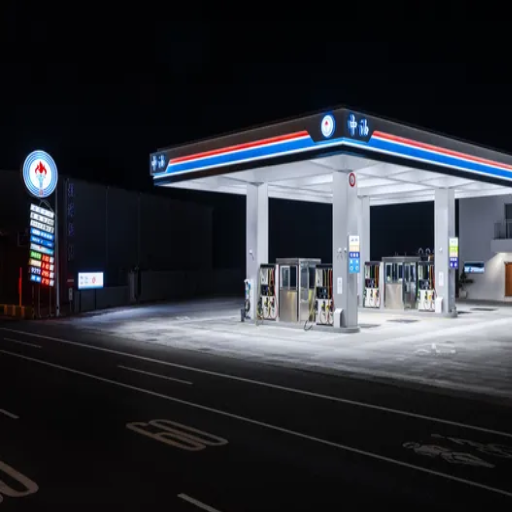
Emergency protocols always help assure people’s safety and lessen environmental hazards. The key safety measures involve regular training and drills to prepare for incidents like a spill or contamination. Clear communication channels should be set up so that relevant authorities can issue alerts and updates quickly in an emergency. Emergency equipment, anti-spill materials, and first aid kits should be readily available to reduce hazards. Also, protocols for evacuation should be drawn up, and the organization should work with local authorities for a smooth response. Keeping safety procedures under constant review and updating them in light of new risks is equally important.
Immediate Actions for Gas Station Staff
Alert Authorities and Evacuate the Area: When incidents like gas leakages and fires occur, one must call emergency services immediately and alert the concerned authorities. Meanwhile, clear the station and evacuate the customers and staff to the assigned safety area.
Shut Down Fuel Pumps and Power Sources: Disconnect all the fuel dispensers and electricity in cases where it does not risk life. The present dangers are sparks that set fires, explosions, or more fuel leaks.
Contain Spills Safely: Use spill kits or absorbents to prevent fuel spills from spreading further. Ensure containment will not worsen an already dangerous situation for people or elevate their exposure to hazardous substances.
Follow Emergency Protocols: Follow the gas station’s emergency procedures at all times. Communicate clearly with staff and customers and lead them on evacuation routes or safety.
Ensure Proper Ventilation if Necessary: If it is an option, you can ventilate the area so that harmful fumes are dispersed. This can help reduce immediate health hazards to the personnel and others around them.
Document the Incident: After removing immediate danger, record the details of the incident, including what measures were taken in response and the descriptions informed by direct observation. Such information is crucial for reporting and improving safety measures in the days ahead.
In this manner, the gas station staff can go far in emergency response, prioritizing safety and minimizing the risk to those concerned.
Involvement of Local Authorities
Local authorities and government institutions play an essential role in ensuring the safety of emergency procedures at a gas station. In the event of a spill or fire, fire departments respond to contain hazards- they have the know-how and resources for that. Data show that in the U.S., local fire departments respond to more than half of the hazardous materials incidents reported annually. Police departments help maintain public order, establish perimeter areas, and coordinate evacuations in cases where this option is necessary.
Another key actor is the Environmental Protection Agency, which evaluates and mitigates the environmental impact of fuel leakage or spills. Many programs in different states monitor groundwater contamination and cooperate with gas station operators in timely remediation efforts. Coordinating with health departments to tackle potential health risks posed by toxic fumes could also be necessary to save the surrounding community.
Good cooperation between gas station personnel and local authorities will help minimize the time taken to respond to and resolve emergencies, thereby reducing the risks to life and property. Pre-incident planning, training cycles, and compliance with the regulatory framework are key to building a proactive safety culture.
Long-term Solutions to Prevent Breakage
Break prevention in gas station infrastructures requires integrating the latest technologies, stringent maintenance practices, and sustainable design approaches. One critical solution involves using high-quality materials resistant to wear and tear, including corrosion-resistant alloys and reinforced composites that can resist all kinds of environmental stresses and chemical attacks as time passes. Evidence shows pipelines made of polyethylene or coated metals are far less likely to crack, reducing leak areas.
Advanced monitoring systems are also necessary for implementation. Suppose these IoT sensors and AI diagnostics systems record a minuscule deviation in pressure, temperature, or structural integrity. Some investigations and rectifications can hold off the evolution of a problem from slight to severe failure. It has been found that, on a case-by-case basis, real-time structural condition monitoring systems reduce the cost of maintenance by 20% and service life duration by 30% in the systems considered.
Regular inspections and maintenance programs contribute another crucial aspect. Gas stations that abide by industry-recommended standards identify weak spots and repair them even before they are liable to breakage. Statistics show a facility with a strong preventive maintenance schedule is 40% less likely to see equipment failures.
The next option that combines with sustainable design is the construction where breakage is prevented. Constructed to allow flexible piping systems, side shock absorbers, and good drainage provision around storage tanks, the design helps resist damage caused by natural disasters and routine operational stresses. These must be considered for safety, low environmental impact, and cost savings. By combining innovative technologies, excellent materials, and planned-from-the-start, gas stations can ensure almost zero risks with continued safe and efficient operation.
Consumer Implications

With enhanced safety features at the fuel stations, consumers benefit from safe fuel dispensing and a lowered risk of accidents or hazards. Better environmental safeguards also mean a cleaner atmosphere while reducing the ecological footprint of fuel consumption. These improvements may translate into efficient and less costly operations passed on to the consumer over time. Emphasizing safety, sustainability, and efficiency gives consumers greater trust and convenience in using these facilities.
Impact on Vehicle Performance
Further progress in automotive engineering and fuel quality enhances the vehicle’s performance. High-quality fuels with optimum additive formulations provide maximum efficiency to the engine while working on the reduction of mechanical wear on essential components, therefore increasing the machinery’s life service. Studies show that such advanced additive packages in premium fuels may improve engine cleanliness by about 30%, thereby providing smoother operations and reducing maintenance costs throughout an engine’s lifetime.
Besides this, the engine’s new-age designs, including turbocharging and direct fuel injection, all use the cleaner and more efficient fuel types to deliver better acceleration and fuel economy. Industry research states that there is a 25% saving on fuel efficiency when used in new-age engines over older versions, which directly means substantial cash savings to the consumer. Together, the whole package results in developed driving performance, emission reductions, and sustainability of vehicle operations.
How to Handle Bad Fuel Issues
It’s essential first to identify the symptoms of bad fuel: engine running erratically, stalling, or difficulty starting the vehicle. After that, an expert would attack by draining the contaminated fuel from the tank and placing high-quality fuel inside the tank. The technician would check and replace the filter if dirt got in there. This would keep contaminants from getting into the system next time. They also monitor where they put fuel, ensuring it’s a reputable station. The technician keeps the tank clean and adequately maintained.
Understanding Meter Malfunctions
Meter malfunctions can produce discrepancies and side effects inside devices like cars, machines, and utilities. Some of the causes are electrical faults, sensor wear-and-tear, or software glitches. For example, a faulty fuel gauge in cars could indicate fuel levels due to a damaged sending unit. Research reveals that 15% of accuracy is lost due to aging sensors, making maintenance all the more necessary.
Resolution of meter malfunctions requires diagnostic procedures, including checking for loose connections, comparing to a reference unit of calibration, and possibly updating the software. It is recommended that recalibration occurs depending on usage; for example, utility meters may need updating every five years to maintain their accuracy standard. Monitoring and maintaining their meters will keep expensive errors at bay and improve long-term system efficiency.
Reference Sources
3. AHP as a decision support system for the oil pipeline industry
Frequently Asked Questions (FAQs)
What should you do if a car experiences an oil pipe break?
If a car experiences an oil pipe break, it is essential to stop the vehicle immediately to prevent further damage. Pull to a safe location and turn off the engine to avoid fire hazards. Inspect the area for any visible leaks or damage. After ensuring safety, you should contact a professional mechanic to assess the situation and determine the necessary repairs. They will likely check the fuel tank and surrounding parts to ensure no other issues. It’s essential to replace any defective components to avoid future problems.
How can you determine the cause of a broken oil pipe at a gas station?
To determine the cause of a broken oil pipe at a gas station, one must first inspect the system for signs of wear and stress. A thorough examination of the fittings, valves, and connections is necessary to identify defective parts. Checking the pressure levels within the system can also help pinpoint issues. Additionally, examining the flow of fuel from the pump could reveal if any clogs or blockages are present. If there’s a history of mechanical failures, these should also be considered in the investigation. A detailed inspection will provide insights into whether the problem was due to poor maintenance, defective components, or external factors.
How does a gas station’s oil pipe break affect fuel flow?
When a gas station’s oil pipe breaks, it significantly disrupts the flow of fuel, which can lead to a shutdown of the entire station’s operations. This interruption affects the availability of gasoline and diesel for customers and poses safety risks. Fuel release can create hazardous conditions, including fire risks and environmental contamination. To mitigate these risks, gas stations must immediately shut off the affected valves and engage emergency protocols. Technicians must inspect the damaged pipe and determine the necessary repairs or replacements to restore normal fuel flow. Regular system maintenance can help prevent such incidents from occurring in the first place.
What are the potential consequences of a defective oil pipe in a gas station?
A defective oil pipe in a gas station can lead to various serious consequences. Most notably, it can result in fuel leaks, which pose significant environmental hazards and safety risks to customers and staff. Additionally, the interruption in fuel supply can lead to loss of business and customer dissatisfaction. If the situation is not addressed quickly, it may also cause damage to other parts of the fuel system, leading to more extensive repairs. Gas stations must ensure they regularly inspect and maintain their pipes to avoid such defects from developing. Proper system maintenance is key to providing safe and efficient operations.
How can gas stations prevent oil pipe breaks?
By implementing regular inspections and system maintenance routines, gas stations can prevent oil pipe breaks. It’s essential to check the integrity of pipes, valves, and fittings for any signs of wear or corrosion. Ensuring that all components are tightly fitted and securely attached can help reduce the chances of breaks. Gas station operators should also be trained to recognize early signs of problems, such as unusual pressure fluctuations or leaks. Investing in high-quality materials for pipes and fittings can also minimize the risk of defects. By taking proactive measures, gas stations can maintain a safe environment and ensure uninterrupted fuel service for their customers.

